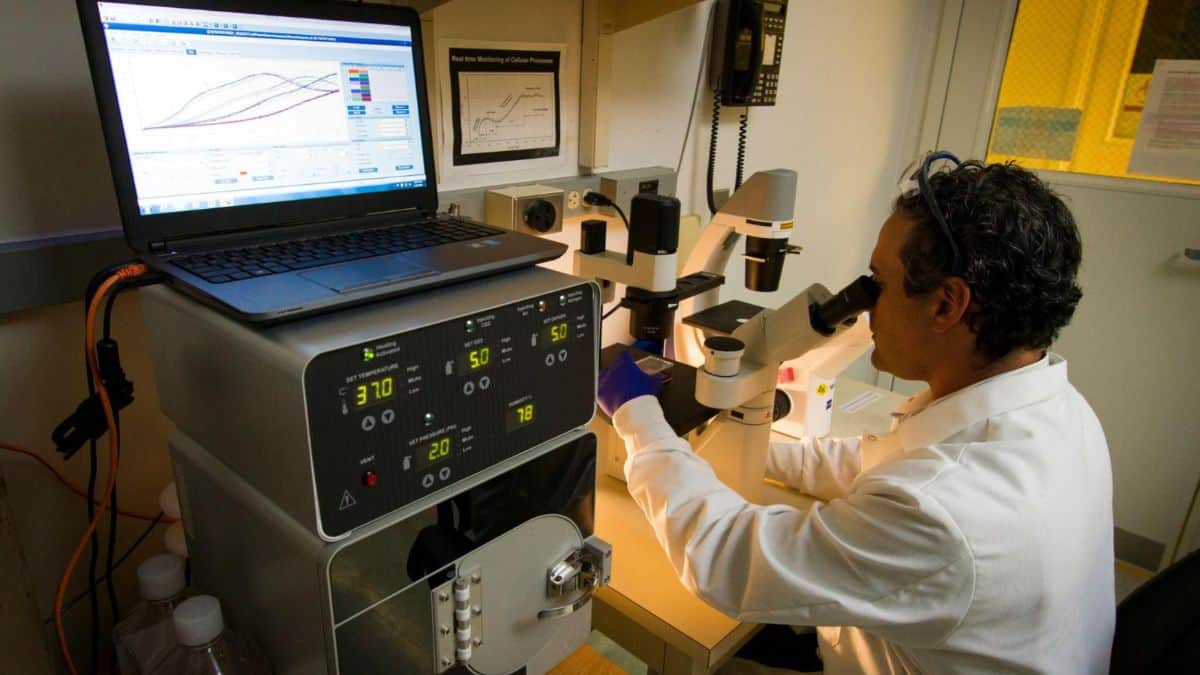Emerging Trends in Tissue Based Diagnostic Tools

Abstract
In the field of healthcare and research, tissue-based diagnostic tools are making leaps in accuracy and efficiency. From exploring the unique interactions in a tumor to understanding how the immune system reacts, these tools provide insights that shape medical advancements. This article delves into the latest trends, including multiplex immunohistochemistry (IHC), digital pathology, artificial intelligence (AI), and multi-omics integration. Examining these developments, we can appreciate how they improve diagnostics, guide treatments, and move us toward personalized medicine. The future of disease detection is promising, and staying informed about these innovations is key to advancing healthcare.
Introduction
In recent years, tissue-based diagnostic tools have become the backbone of many breakthroughs in medicine. These tools not only help in diagnosing complex diseases like cancer but also in guiding effective treatment strategies. Thanks to ongoing technological progress, new trends are reshaping how we study tissues and understand the human body’s intricate workings.
Let’s explore these trends and see how they are revolutionizing the field of diagnostics, from advanced methods like multiplex immunohistochemistry (IHC) to the rise of digital pathology and artificial intelligence.
The Rise of Multiplex Immunohistochemistry (IHC)
If you’ve ever had a biopsy, you’ve already encountered Multiplex Immunohistochemistry (IHC), even if you didn’t know about it. Traditionally, IHC is used to detect a specific protein in a tissue sample. But imagine you’re only looking at one puzzle piece instead of the entire puzzle – that’s what the traditional method is like. Multiplex IHC changes the game by allowing scientists to detect several proteins in a single tissue sample, providing a clearer and more detailed picture.
For example, in cancer research, scientists often need to understand the interactions between different cells within a tumor. Multiplex IHC enables them to identify various types of immune cells in the tumor environment. This deeper understanding helps in developing personalized treatments tailored to the unique characteristics of a patient’s tumor. The more we know about these cellular interactions, the better we can fight diseases.
Researchers and labs looking for customized IHC services can explore various providers that offer flexible solutions to meet specific research goals.
Digital Pathology: A New Era in Diagnostics
In the past, diagnosing diseases through tissue samples meant placing thin sections on glass slides and examining them under a microscope. While this method has worked for decades, it comes with its limitations. Enter digital pathology – a new way of looking at tissues by converting those glass slides into high-resolution digital images.
Remote Analysis
Remember how, in the old days, you had to be in the same room to look at a slide under a microscope? Not anymore. Digital pathology allows doctors and researchers to share digital images of tissue samples anywhere in the world, opening up possibilities for global collaboration. For example, a pathologist in New York can consult with another in Tokyo simply by sending a digital file.
Data Storage
Think of all the physical space used to store slides in a lab. Digital slides eliminate this problem, allowing researchers to store, organize, and access thousands of tissue samples on computers. Imagine being able to pull up a slide from a study five years ago with just a click!
Enhanced Analysis
One of the most exciting parts of digital pathology is the ability to use computer software for analysis. These programs can quickly scan the tissue images, counting cells or measuring changes that might indicate disease. It’s like having an extra pair of eyes that never gets tired. For instance, AI tools can highlight areas in tissue samples that show early signs of breast cancer, helping pathologists focus on the most critical areas. This combination of human expertise and AI significantly speeds up the diagnostic process.
AI and Machine Learning in Tissue Diagnostics
Artificial intelligence (AI) and machine learning (ML) are buzzwords we hear often, but what do they mean for tissue diagnostics? Simply put, AI can be trained to recognize patterns in tissue images, much like a pathologist would. However, AI does this by learning from thousands of examples and picking up on even the smallest details that a human eye might miss.
Let’s break it down with an example. In prostate cancer diagnosis, AI algorithms are trained using a vast database of tissue images to identify cancerous cells and determine how aggressive the cancer is. This detailed analysis provides valuable information to doctors, allowing them to choose the best treatment options for each patient.
AI is especially powerful because it can handle enormous amounts of data. Digital pathology creates detailed images containing vast information, which can be overwhelming for humans to analyze manually. AI-powered tools can process these images in a matter of seconds, pinpointing abnormalities and giving doctors a reliable starting point for their diagnosis. This not only saves time but also increases the accuracy of detecting diseases.
Integration of Multi-Omics Data
Today’s researchers are not just stopping at tissue samples; they’re going a step further by combining different types of biological information. This approach, called multi-omics integration, involves combining genomics (study of genes), proteomics (study of proteins), and transcriptomics (study of RNA) to get a fuller picture of what’s happening in the body.
Why is this important? Let’s say a researcher is studying cancer tissues. By adding genetic data to the mix, they can see which genes are involved in tumor growth. By including proteomics data, they understand which proteins play a role in this process. This multi-layered approach allows researchers to develop highly targeted treatments that focus on the specific mechanisms of each patient’s disease.
This shift toward multi-omics integration in tissue diagnostics is a significant step toward personalized medicine, where treatments are tailored to an individual’s unique biological makeup, leading to more effective care.
Automated Sample Preparation and Staining
If you’ve ever seen how tissue samples are prepared for study, you know it’s a meticulous process. Samples need to be cut into ultra-thin sections and then stained to highlight specific features. Traditionally, this has been a manual and time-consuming job, prone to human error. However, automation is changing this process.
Through automated tissue processors, tasks like embedding, sectioning, and staining are handled by machines. This is especially useful in immunohistochemistry (IHC), where consistency in staining is crucial. Automated staining systems ensure that all tissue samples are processed the same way, which means more reliable results. In addition, incorporating a cell panel screening service alongside automated processes further enhances research efficiency, allowing labs to streamline screening for multiple cell types, ensuring comprehensive insights into cellular behavior.
Imagine a busy clinical lab handling hundreds of samples daily. Automated systems can streamline this workload, providing quick and accurate results that help doctors make timely decisions about patient care.
Conclusion
The world of tissue-based diagnostics is evolving rapidly, with new tools enhancing our ability to study and understand diseases. Trends like multiplex IHC, digital pathology, AI-powered analysis, and multi-omics integration are not just buzzwords; they are practical advancements that bring us closer to personalized medicine. These tools are reshaping how researchers and clinicians approach disease detection and treatment.
Keeping up with these trends and using cutting-edge services, researchers and healthcare professionals can continue to make significant strides in medical research and patient care.




